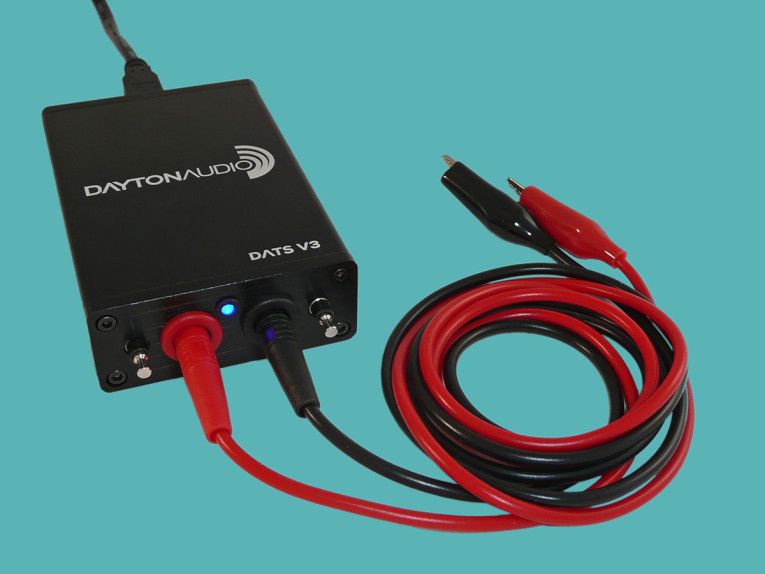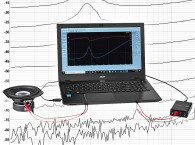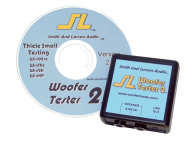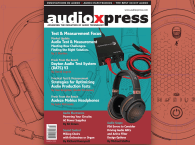
Rise of the Ultra-Portable Woofer Tester
For as long as I have been working in audio and acoustics, portability has been at the top of the desired feature list for measurement systems. And there has been a steady and noticeable evolution in hardware: from the awkward laptop docking stations making 13” ISA-cards slightly portable, to the more palatable options like Liberty Audio’s Praxis or Dayton Audio’s OmniMic, and more recently with Audiomatica’s Pocket Clio, this downsizing trend is quite clear.
While most manufacturers have streamlined and reduced the footprint of their measurement hardware, a few companies have focused on the “ultra-portable” market. These are devices about the size of a compact mobile phone, but with unique measurement capability that goes beyond the limited world of audio measurement on iOS or Android platforms.
Dayton Audio’s Digital Audio Test System Version 3 (DATS V3) is one such device. On initial inspection, it appears to be a simple and compact impedance analyzer, but it actually offers a host of additional signal analysis and generation tools. Curiously, despite the “V3” suffix in the name of this device, this is actually the fourth iteration of this design. The original DATS was dubbed “WT3,” and was a simple USB-based hardware device that provided an easy method to measure Thiele-Small (T-S) parameters and impedance curves. It was useful for troubleshooting finished systems and prototypes, as well as designing new woofer boxes, using the derived parameters for force factor, compliance, and so forth.

Fast forward to 2019, and the latest generation, DATS V3, was released. This new iteration of software and hardware provides improved measurement accuracy, an interesting new linearity test, as well as dramatic improvements to the mechanicals.

The prior three generations of DATS all featured a simple plastic housing with non-detachable USB cable and test leads (see Photo 3). With the new V3 hardware, the device is significantly upgraded with an aluminum extrusion body and endcaps (both with a nice brushed and anodized finish). A USB port and banana jacks now provide for removable cable options and standard test probes for convenience and simple field replacement. Also included with each DATS V3 is a set of rubber feet for table top use, as well as brackets so it can be mounted under a benchtop.
Read the complete article now available here.
This article was originally published in audioXpress, March 2020.







